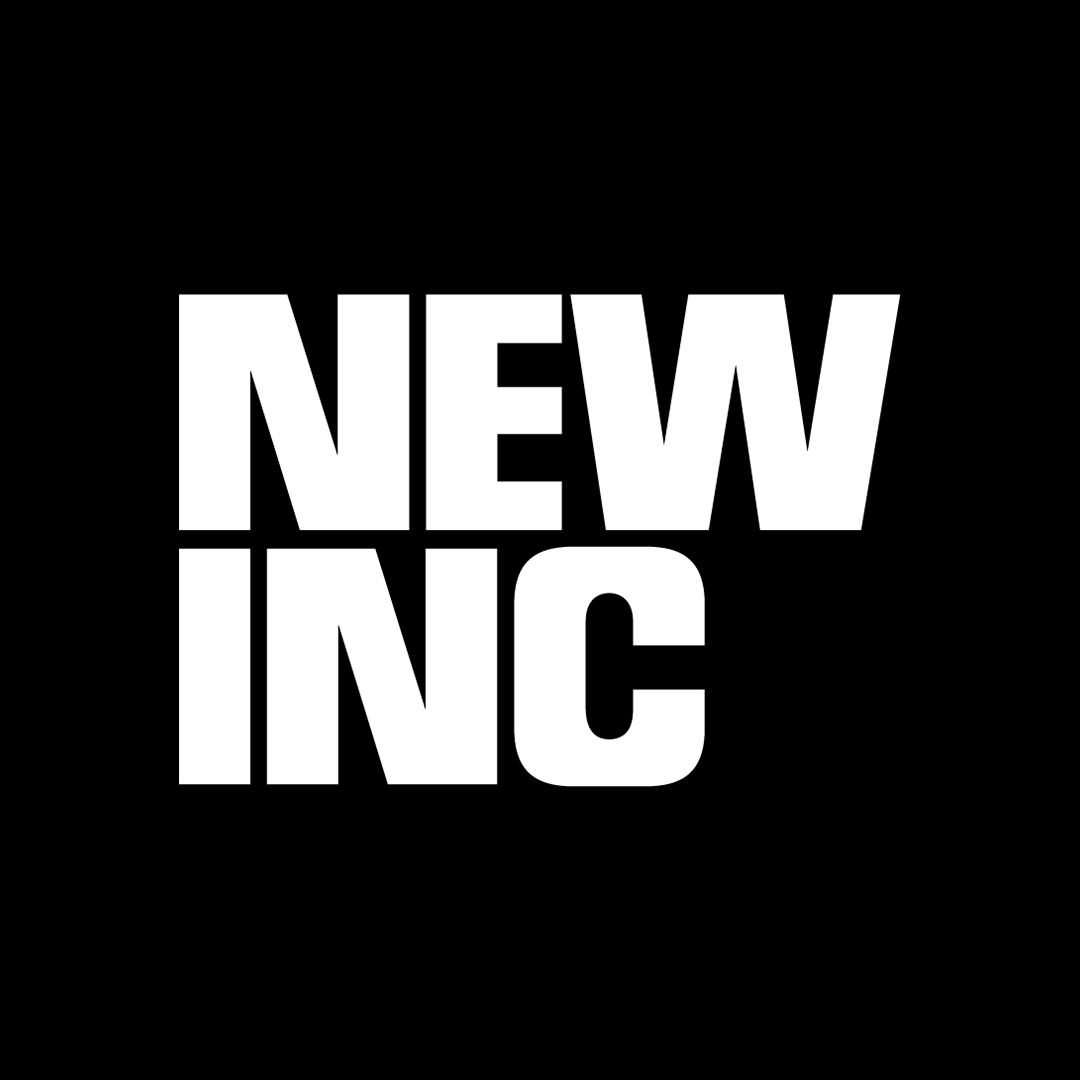MICRO: We’re Making Museums Tiny Enough To Go Anywhere
And they're headed to unlikely places, to boot.
Installation view. Courtesy Micromuseums.
Hospital waiting rooms, airport terminals, and DMVs belong to a dreaded category of places we least expect intellectual stimulation. But the team behind Micro has made it their mission to change that, and their idea offers up a viable multitude of applications.
On a bent to make museums "tiny enough to go anywhere," the New York-based nonprofit builds portable, six-foot-tall displays called Micromuseums that are intended to activate public spaces of the kind. Founders Amanda Schochet, a former researcher at NASA, and Charles Philipp, a content designer, toured a prototype of their first edition, the Smallest Mollusk Museum, in 2016.
In December, Micro brought their miniature museum to the New Museum’s annual Science Fair, where children and adults surveyed a compact presentation replete with witty graphics and digestible bits of information on the phylum of marine invertebrates.
“We put a lot of thought into distilling and massaging complex biological concepts into jokes and hooks,” Schochet told NEW INC in an email. "So it was really satisfying to watch people laugh, learn, and play together as they explored the museum.”
From reaching under-served demographics to scaling down traditional institutions, see how Micro plans on building a “culturally-decentralized future,” one museum at a time.
Detail view. Courtesy Micromuseums.
1. Who’s meant to benefit from Micromuseums?
Big museums can't reach everyone, and not everyone feels welcomed by them. They’re hard to get to, they're clustered in cultural ‘districts’ that exclude many communities, and they’re often expensive to get into.
The stats show how we’re failing: Across the country, nearly 75% of museum visitors are white. Running a museum is extremely expensive. On average, for every $8 a visitor spends at an art museum, the museum spends $55. The cost of conventional museums means that they’re unlikely to expand to enough new places to benefit everyone.
Because so many people can't go to museums, we want to make museums that can go to people. We’re making museums tiny enough to go anywhere. We’re starting out by targeting hospital waiting rooms, but [we] want to expand to DMVs, community centers, malls, airports, and train stations in 2017. When we’re a little bigger and set up to deal with larger systems, we want to push to be in prisons and schools as well.
We want to fascinate people in places they expect to be bored, and give families the chance to learn together in places they’re already going to.
Detail view. Courtesy Micromuseums.
2. You recently presented the Smallest Mollusk Museum at the New Museum. Describe the overall reception.
The weekend that we were at the New Museum, people were lined up down the block waiting to get in to see the Pipilotti Rist show. We were in the center of the glamorous Sky Room on the seventh floor, so we had a constant stream of new people coming up to check out the views.
We weren’t sure what to expect from the audience, since they’d come to the New Museum to see art, not learn about natural history.
People flocked right to it. At the base of the museum is a hologram of swimming sea slugs and other mollusks. It’s a child magnet. Kids squeezed in front of it and wrapped their arms around it, gazing at the nautilus and the slug.
3. How many models do you have, and where are you hoping to install them?
We’ve been touring our prototype of the Smallest Mollusk Museum. We spent a month with it at the Billion Oysters Project in August, then went on to Submerge, a marine science festival, and the World Maker Faire in October where the museum won the Editor’s Choice Award. The next version of it will be ready for release by the end of January 2017. Then we’ll produce a bunch more of them.
Our plan for the first half of 2017 is to deploy more Smallest Mollusk Museums, first to hospitals in the Greater New York area, and then expanding to Philadelphia and Detroit.
We’ve also begun developing our second museum, The Perpetual Motion Museum. It’s a physics museum about energy and thermodynamics. We’re planning to release its prototype in July of 2017.
4. You’ve described Micromuseums as what museums look like in a “culturally decentralized future.” Tell us more about this.
Access to information has increased tremendously in the past twenty years, but what about the physical spaces that inspire curiosity?
Museums are places where people congregate to learn and explore together, to let their minds wander, and where they can trust the information they’re receiving. We worked with thirty-five scientists from institutions across the world to develop the Smallest Mollusk Museum. We want this for everyone.
Deep-sea octopus Graneledone boreopacifica. Courtesy Micromuseums.
5. Are you expanding the museum’s content beyond science?
We’re starting with the core sciences: biology, physics, chemistry. We’re using a narrative structure and playful design to teach these sometimes intimidating topics in an inviting but comprehensive way.
Some large institutions have approached us to ask if we can make micro versions of their museums. We like the idea of applying our small-scale, narrative style to a wide array of content. We’d have access to the unique insights and research of a big museum, and help them shift scale and reach new audiences.
MICRO is creating a new model for institutions that aligns with a culturally decentralized future. They create vending machine–sized museums that travel to unexpected places, such as the DMV or a hospital waiting room. Each museum explores the small things that play a big part in our world. MICRO was cofounded by Amanda Schochet, a former computational ecologist, and Charles Philipp, a former advertising and branding creative.
Author: Adriana Perhamus
Editor: Rain Embuscado
